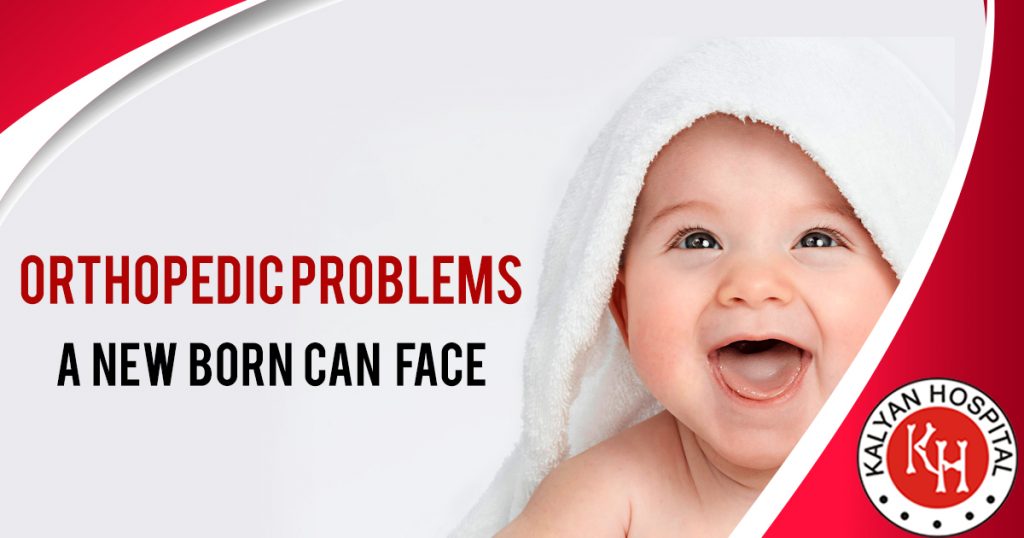[vc_row][vc_column][vc_column_text]
What Are Orthopedic Birth Defects?
Orthopedic birth defects incorporate a broad scope of conditions influencing a child’s bones and muscles, ligaments, and tendons that interface with them. These conditions happen while your child is creating in the uterus.
What Causes Orthopedic Birth Defects?
Orthopedic birth defects happen when bone and muscle tissue grows anomalously in children amid fetal improvement. As per the March of Dimes, the foundations for around 60 percent of birth absconds are obscure.
Some regular hazard components may include missing or unusual genes caused by a chromosome issue, abnormal genes inherited from a parent, toxins, including liquor, tobacco smoke, illegal medications, specific prescriptions, radiation, and certain chemicals, severe maternal diseases amid pregnancy, including rubella, chicken pox, cytomegalovirus, and preexisting maternal conditions, for example, diabetes, thyroid infection, hypertension, and heart disease.
Symptoms of Orthopedic Birth Defects
Frequently, infants and kids with orthopedic birth deformities may not demonstrate symptoms. Signs include:
- Visible issues with a child’s leg, feet, arms, or hands
- Spine turning, bowing, and curvature
- Bones that break effectively
- Reduced development in newborn children or trouble walking in youngsters
Types of Orthopedic Birth Defects
Numerous kinds of birth defects result from improvement issues in children. The most widely recognized sorts include:
- Developmental dysplasia of the hip: Dislocated hip
- Clubfoot is the most widely recognized orthopedic birth defect.
- Metatarsus adducts, which include bent foot or in-toeing involving the feet.
- Spine distortions, including scoliosis and kyphosis
- Osteogenesis imperfecta: Brittle-bone illness
- Muscular dystrophy: Diseases influencing the skeletal muscles
- Limb defects: Arms or legs that don’t grow regularly or are missing
- Bone contaminations
How Are Orthopedic Birth Defects Diagnosed?
Relying upon the kind of orthopedic birth deformity your baby may have, the pediatrician may prescribe at least one of the accompanying tests:
Blood and pee tests to check for disease or catalyst inadequacy; diagnostic imaging, including ultrasound, CT, and MRI checks, to inspect bones, muscles, ligaments, and tendons; x-beams to search for issues in bones; genetic testing, either pre-birth or after birth, to check for variations from the abnormalities, and Biopsy of muscle or issue that remains to be worked out for a scope of issues.
Treatments for Orthopedic Birth Defects
Numerous Ortho Doctors will cautiously inspect your baby to settle on the correct treatment for the condition. At Children’s National, our treatment alternatives include:
- Physical treatment to enhance the quality and scope of movement
- Braces, supports or casts to adjust the bones and joints legitimately
- Surgery to alter bones, muscles, and ligaments in extreme conditions
- Occupational treatment to help fabricate aptitudes, for example, eating, getting dressed, and walking.
- Moreover, Blood Donations Save Lives. Also, only one unit of blood can help upwards of five kids.
[/vc_column_text][/vc_column][/vc_row]



























